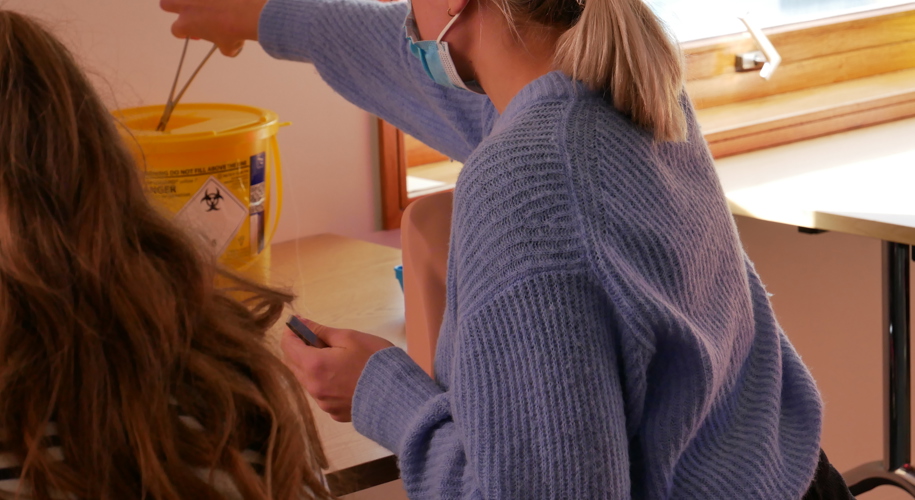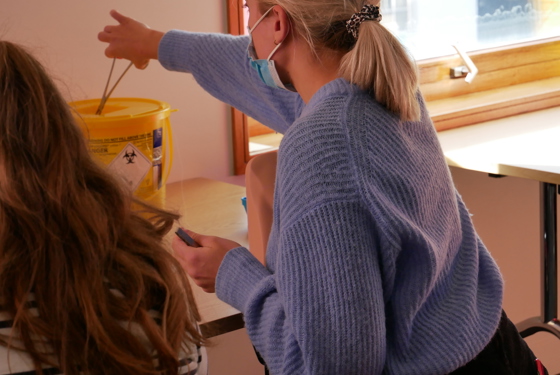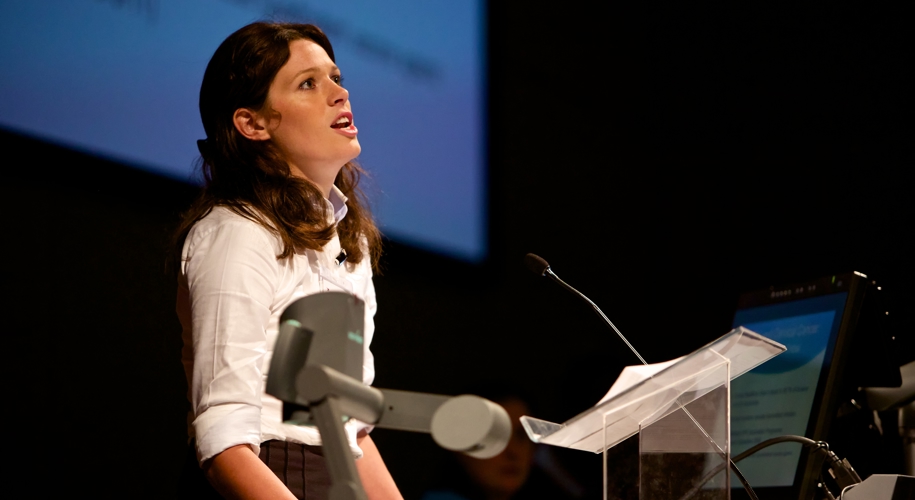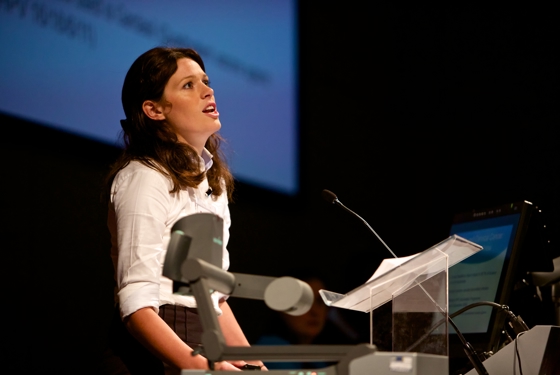Overview of working life in O&G
Hospital practice
Most hospitals have a ream of consultants who are responsible for providing obstetric or gynaecological care. Weekly clinical activities are diverse, depending on your area of specialisation. This variety contributes to the enjoyment of the specialty as a career. As an O&G consultant, you’ll interact with other health professionals and managerial colleagues. You’ll also have teaching and training duties. Major centres that undertake teaching and research contain multiple teams of interdisciplinary specialists and provide an exciting working environment.
Emergencies may arise at any time, so 24-hour cover is always necessary. The on-call team resident in the hospital deals with emergencies, and senior help is always available.
In obstetrics, a unit’s workload is generally based on the delivery rate, which determines the number of medical staff available at any one time. The RCOG has developed a series of standards for safe care for women in labour, which include developing an increased consultant presence on the labour ward to provide direct care for women and to supervise and support trainees and midwives on the labour ward. The number of hours of consultant presence varies depending on the number of deliveries in the unit, with increased hours needed at the busier units. Such resident work is balanced by generous compensatory rest.
Hospital working hours and consultant cover
The European Working Time Regulation – which, among other things, states that all workers must have at least 11 hours of uninterrupted rest in every 24 hours – and the consequent reduction in junior doctors’ hours has led to a change in the former hierarchical hospital structure. The 56-hour week required the introduction of shifts and partial shift patterns in many units. The reduction of junior hours, most recently to 48 hours a week in 2009, required further refinement of shift patterns.
Changing working practices mean that much out-of-hours work is undertaken by non-training-grade doctors, including consultants. The number of posts will therefore need to increase significantly to cope with the workload and ensure all staff, including consultants, have adequate time off work. As in all hospital specialties, there’ll be considerable changes over the next few years in the working practice of all grades in O&G.
The RCOG Trainees’ Committee conducts a 5-yearly national survey of training and yearly regional reviews of training to identify issues that may impact on training quality. These are presented to the RCOG Council and local trainee and consultant groups.
Career appointments
Consultants
Consultants are appointed through open competition. The RCOG usually approves posts before they’re advertised and has a representative at the interview (although foundation trusts aren’t obliged to involve the RCOG in consultant appointments).
To apply for a consultant post, you need to:
- Have obtained a CCT or equivalent
- Be fully registered with the General Medical Council (GMC)
- Be on the Specialist Register
If you’re a non-EEA national, you’ll need a work permit from the Home Office. Find out more about working in Britain for non-UK doctors.
Academic staff have an honorary consultant post with an NHS trust, but their primary appointment is with their university.
The RCOG and other bodies carefully consider the future provision of women’s health services and the staff needed to provide such care. The following reports are useful reading for anyone considering a consultant career in O&G:
- RCOG 2016: Providing Quality Patient Care: Obstetrics and Gynaecology Workforce
- RCOG, 2012: Tomorrow’s Specialist
- RCOG, 2011: High Quality Women’s Health Care: A proposal for change
- King’s Fund, 2011: Staffing in maternity units. Getting the right people in the right place at the right time
- Temple Report, 2010: Time for training: A review of the impact of the European Working Time Directive on the quality of training
- RCOG, 2009: The Future Workforce in Obstetrics and Gynaecology in England and Wales
- Healthcare Commission, 2008: Towards better births. A review of maternity services in England
- RCA, RCM, RCOG, RCPCH, 2007: Safer Childbirth: Minimum standards for the organisation and delivery of care in labour
There will be a number of different types of consultant, reflecting local service demands:
- Some consultants will specialise in a subspecialty field and will thus work only within obstetrics or gynaecology
- Others will work across the specialty within a hospital setting, but will concentrate their practice within particular interests
- Others will work predominantly in the community, providing an essential out-of-hospital service to the local population
There’s flexibility within consultant roles. After appointment, you may develop new expertise and modify your clinical practice accordingly throughout your career.
SAS Doctor Careers
SAS Doctors are Specialty, Associate Specialist or Specialist Doctors. They are employed on national terms and conditions and exist in every hospital specialty.
To become a Specialty Doctor you need to be at least 4 years postgraduate experience with at least 2 years working in a relevant specialty.
To become a Specialist Doctor you need to be at least 12 years postgraduate with at least 6 years experience in a relevant specialty. These posts are advertised and applied for in open competition. New Associate Specialist posts are no longer available and have been replaced by the new Specialist Doctor posts.
SAS Doctor posts are open to doctors who are fully registered and who may or may not have their name on the Specialist Register.
If you’re a non-EEA national, you’ll need a work permit from the UK Home Office and appropriate experience, usually with some time in the NHS. Find out more about working in Britain for non-UK doctors.
Further information
- RCOG SAS and LED information
- NHS Employers. Terms and Conditions of Service. Specialty Doctor (England). 2021 (PDF)
- NHS Employers. Terms and Conditions of Service. Specialist (England). 2021 (PDF)
Continuing professional development
All doctors in non-training grades need to take part in continuing professional development (CPD) and to revalidate, usually every 5 years, to demonstrate that they’re up to date and fit to practise. In the UK, the RCOG’s CPD programme is mandatory for all those practising O&G and its subspecialties in a career-grade post.
Discover the opportunities offered by a career in obstetrics and gynaecology.
Find out more about a career in O&G
The O&G careers prospectus also includes:
- The medical student experience of O&G
- Foundation training
- Specialty training in O&G
- Research and academic training
- Assessment and exams
- How the RCOG supports and works with trainees
- Working life in O&G
- Personal profiles of O&G doctors
For more information, please visit the main careers page or read the careers FAQs.
Elsewhere on the site


Specialty training in O&G
Overview of the specialty training programme in O&G, including assessment and certification of training


About the College
Find out more about the College and how we support our members
